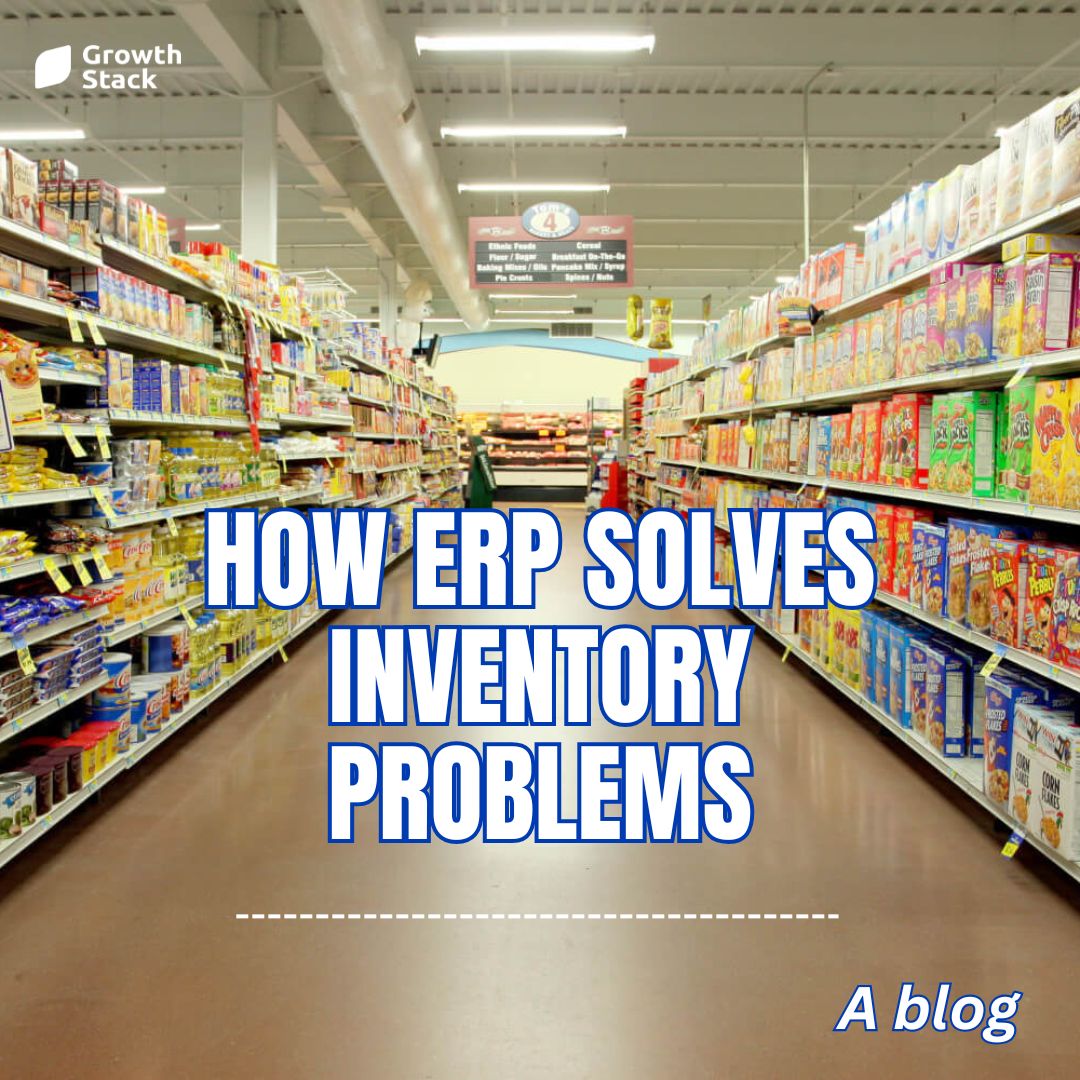Importance of ERP to Agricultural Business.
A lot of processes in agriculture don’t depend on anything people can do. You’ve got weather that can get out of control, animals that get sick, various new plant diseases, forest fires, or the pandemic that disrupts all business – not just “agricultural” – all over the world. And when you can’t control the external environment, you can focus on controlling the internal processes – namely, your risks.
They are three main phases comprise a highly simplified ERP system(the Odoo ERP) development procedure. The first step in developing one is to analyze the company’s internal and external processes to identify bottlenecks, opportunities, and requirements. The actual development and implementation is the second step. The final step is to train personnel on how to get the most out of the technology.
Getting the Odoo ERP software for your agricultural company has a number of advantages. Here are some of the most important:
Management of Livestock.
Managing livestock is one of the ways the Odoo ERP can be utilized in farming and agricultural operations. What role do they play? The main purpose is to keep track of information on livestock, such as head counts, breeding and mating information, food and pastures, shots, vaccinations, and other medical information for cows, sheep, goats, pigs, etc.
When you have a small herd, it’s simple to keep all of this information in Excel or even just remember it. However, when your company grows, having all of that information in one place – other than your head – becomes more convenient. This allows you, as a business owner, to focus on more critical matters while also simplifying the onboarding process for your employees.
Land Plots Management
Land management, whether it’s for farming or pastures, may be a pain. Because you can immediately see data about various areas – what has been done and when – the Odoo ERP system simplifies communication processes.
Depending on the demands of your company, the dashboards can provide the following information: Geographical place (for machinery or in general), Data on land plot boundaries, livestock pasture and site management The land is available for rent/purchase, as well as online documentation, the use of fertilizers (what kind of fertilizer, when was it used, how much was used, etc.), data on watering (when was the field watered, how often it should be watered based on the weather forecasts and crop types, etc.), data on crops(default exclusion restrictions have been implemented to ensure that neighboring crops do not compete with one another.)
Management of Crop Production.
Crop management is an entire science: knowing what to plant, where to plant it, how to plant it, when to plant it, and so on. It’s simple if you only have one sort of crop. When you have two or more varieties of crops, the routines begin to stack up.
Which operations may Odoo ERP be customized to automate?
- Buying seeds through online tenders (we have experience in creating a digital auction platform).
- Keeping track of what’s growing and where it’s growing (combined with land plot management, this allows to optimize the process of planning the future planting with automatic rules).
- Monitoring and controlling fertilizer and pesticide types, quantities, and application locations, among other things.
- Streamlining the watering and data collection processes.
- Managing the harvesting and storing of crops.
Focus On Your Primary Project, Not On Documentation.
From planting to harvesting to distribution and warehousing, agricultural enterprise resource planning tools may substantially simplify your supply chain management. The goal of using the Odoo ERP system is to eliminate manual labor and paperwork. Do you recall the meme “This is the meeting that might have been an email”? In this instance, a significant amount of paperwork (on which your staff have spent their time) can be automated.
The data obtained can be processed and shown on a farm management software dashboard, which will be extremely useful for business insights and decision-making.
Management of Machines and Equipment.
When new technologies such as tractors, combines, harvesters, and other machinery replaced physical labor or workhorses, agriculture became considerably easier. While no autonomous harvesters exist (as far as we know – inform us if we’re incorrect), various sensors and data gathering systems can assist in gaining commercial insights into how the machinery is operated. For instance, the following information may be useful:
- Hours worked with time and date data (to determine the effort-to-results ratio).
- Information on the individuals in charge (to see which of your employees are working more efficiently than others).
- Amortization of machinery and accounting data (to automate this process and not think about it).
- Travel distance and current location.
- Forecasts and calculations for planting and harvesting.
To learn more about the Odoo ERP and how our solutions may help your agriculture business, and how to reap the benefits listed above contact us now.












